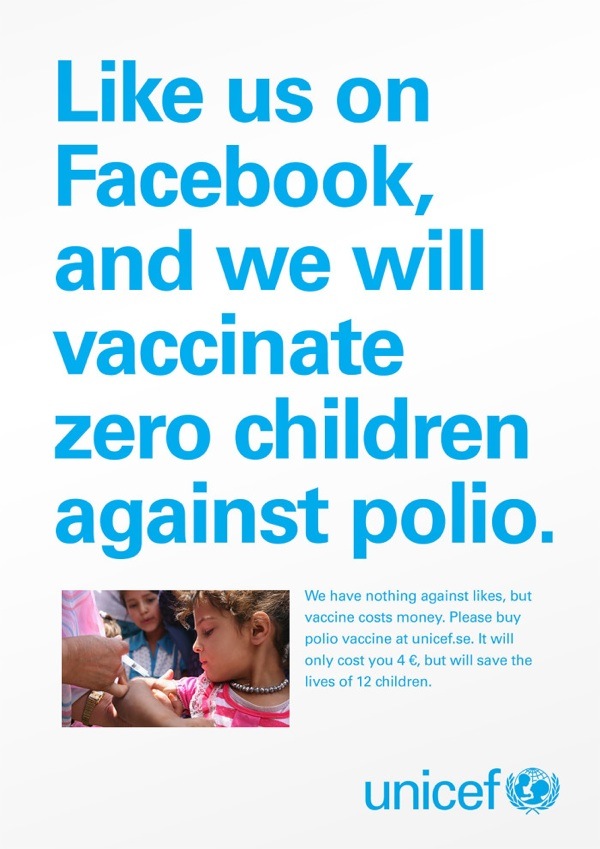Jumoke Balogun wrote a hard-hitting piece on uneven economic development in Africa Is Rising. Africans Are Not. The conclusion:
I understand that it is much easier to delight in articles and documentaries about a “rising Africa” than to examine personal class privilege. Economic inequality tasks those who have to consider the legitimacy of their wealth; it is an encompassing problem that we cannot donate, aid, or volunteer away. […]
We must all first admit that most Africans are not rising with Africa, and that wealth disparity is a major obstacle to overall development. Not doing so, and choosing to remain intentionally oblivious to the hardships of the majority of Africans who are losers in this new economic landscape is inane, and just downright cruel.
It’s quite chilling to read that article and then read Josh Ellis’s speech at Inspire Las Vegas a couple of months ago:
We call ourselves problem-solvers, but the evidence suggests the problems we want to solve are what are usually referred to as “First World” problems. […]
We are some of the smartest, most empowered humans who have ever lived. We have so much. Can we use our minds, our skills, our resources to make the world a better place for people who never had the opportunities we have? It would cost us so little, and we can accomplish so much.
This kind of thinking has become much more prevalent over the past couple of years, as smartphones and the app economy are reaching some level of maturity. As to why we tend to focus on solving “First World problems”, I like Paul Graham’s concept of “Schlep Blindness” — the inability to identify hard problems to solve:
The most dangerous thing about our dislike of schleps is that much of it is unconscious. Your unconscious won’t even let you see ideas that involve painful schleps. That’s schlep blindness.
But there is much value in identifying and solving the hard problems:
That scariness makes ambitious ideas doubly valuable. In addition to their intrinsic value, they’re like undervalued stocks in the sense that there’s less demand for them among founders. If you pick an ambitious idea, you’ll have less competition, because everyone else will have been frightened off by the challenges involved.
We don’t all have to stop what we’re doing and become social entrepreneurs. But if nothing else, these articles should nudge us to think about how we can move beyond the obvious problems. Instead of building another weather app, how about using weather information to send text messages to people when their area is in danger of flooding? Instead of focusing on providing people with nicer-looking information, what ways are there to help them do something with that information?
One organization that’s doing great work in this space is Praekelt Foundation. For example, TxtAlert sends automated, personalized SMS reminders to patients on chronic medication. MAMA uses mobile technologies to improve the health and lives of mothers in developing nations. Those are the kinds of solutions we need more of.

